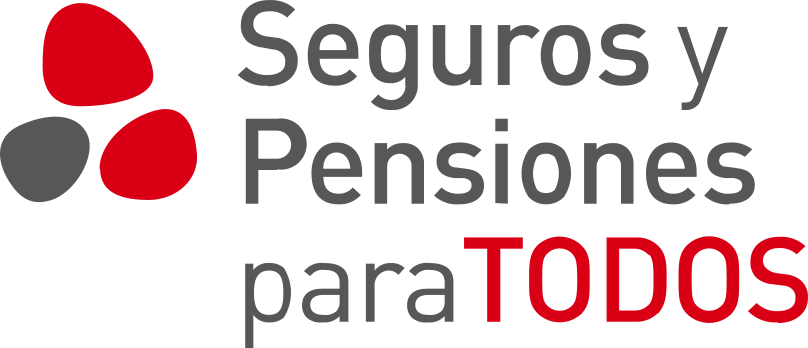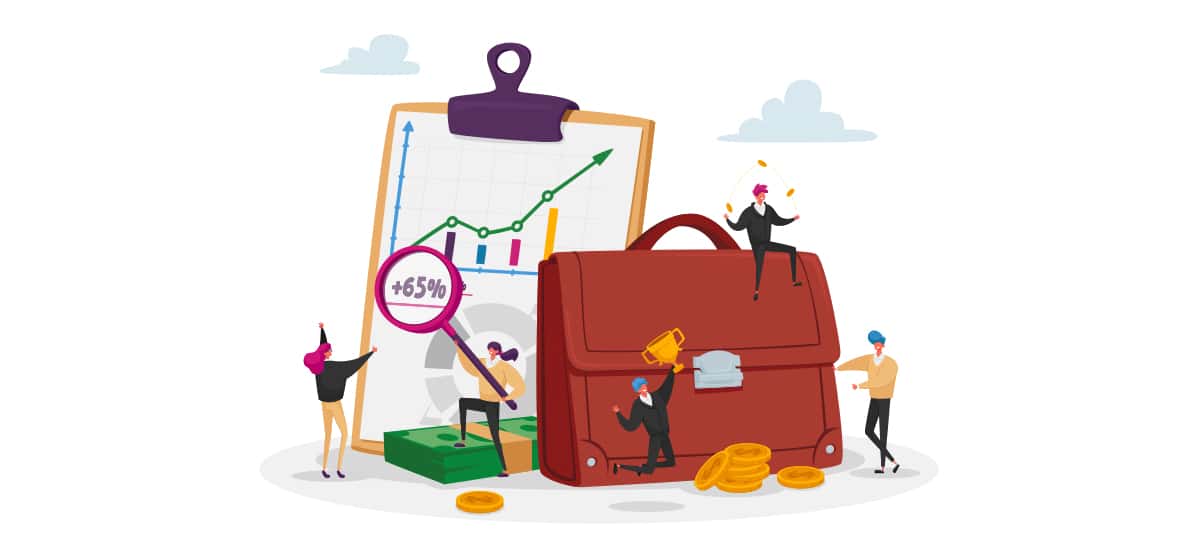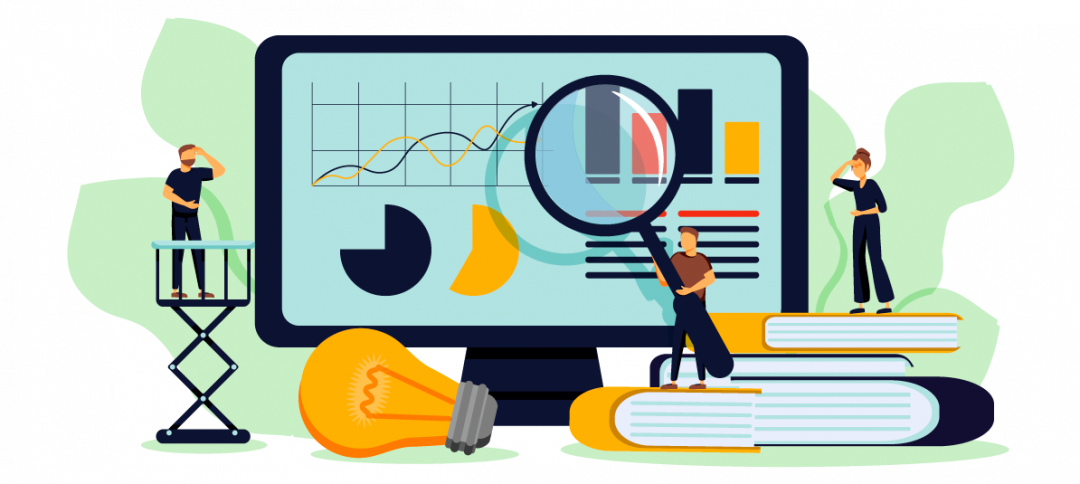Today there are several alternative ways to start investing in the equity market without personally owning a single share. In fact, many of these options are even simpler than buying stocks on your own. Do you want to know what they are?
Investment funds
An Investment fund is a collective investment vehicle that manages and invests the money of many small savers in a basket of assets.
In other words, what an investment fund does is take your money along with other people’s to buy stocks, bonds and other financial assets. By investing in an investment fund you become a participant in that fund, and for all intents and purposes you will own a portion of the shares in which the fund invests.
Investing in a fund has certain advantages over buying shares of a company directly. The most important are:
- Better diversification for a lower price . With a single holding in a fund, you are investing in all the shares and assets of that fund. The amount you invest will depend on the fund in question, some are available for 100 euros or less. Imagine the capital you would need to buy the 50 shares of the fund on your own. In case you’re not sure, a single Cola-Cola share costs $60 and an Apple share costs $150. That is why a fund offers great diversification at a reduced price.
- Professional management. This is another key point of this and other products you will see below. An investment fund is managed by investment professionals who dedicate 100% of their time to taking care of your money.
- Simpler and less demanding. By delegating management to a fund, you will not have to choose which stocks to invest in, nor will you have to buy or sell securities. The fund will take care of it. As an investor you will have to monitor the performance of the fund and make decisions on a single product rather than all the stocks that make it up.
ETFs
ETFs or Exchange-Traded Funds, are investment funds that work like shares. The main characteristic of these is that they are passively rather than actively managed.
Active investment funds have a team of managers who look for the stocks with the most potential and study the best time to buy and sell. On the other hand, an ETF simply replicates an index, which could be a stock market index or one that reflects the movement of a sector or a geographic area.
To make it easier to understand, if you want to invest in Spain, you can buy an investment fund that selects what it believes are the best shares of the Ibex 35 (the main stock market index that brings together the 35 largest market cap companies), but you cannot buy an ETF on the Ibex 35, which will buy them all to mimic what the market does as a whole.
So what you are effectively doing is investing in the entire market and various studies claim that in the long term this strategy gives better results than an active strategy.
In the end, whether active or passive, you will be investing in the stock market without having to buy a single share in your name.
Pension plans and insured pension plans
Pension plans are another collective investment tool focused on the long term. These channel savers’ money through a pension fund.
The fact that it is also referred to as a fund is no coincidence, because it works in a very similar way to an investment fund, although with some nuances.
What does change are the specific characteristics of pension plans and insured pension plans (PPAs) compared to funds, although both allow you to invest in the stock market without buying shares directly.
Unit-linked plans
A unit-linked insurance plan is a life-savings insurance focused on investment. In short, it invests the user’s money in a basket of investment funds.
Depending on the type of unit-linked plan, the user can choose which of the available funds to invest in, or they can let the insurer do it on their behalf with their team of professionals.
Individual Systematic Savings Plan
Individual Systematic Savings Plans, or PIAS in Spanish, are another life-savings insurance with which to invest and build up assets.
As in the case of unit-linked plans, these can invest in a basket of funds or other products, so, in the end, you will be investing in the stock market and equities.
There are more products for investing in the stock market without buying shares, including CFDs, futures, warrants and other derivatives. However, they are products for a more experienced investor profile and, above all, with a little more taste for risk than the traditional one.









